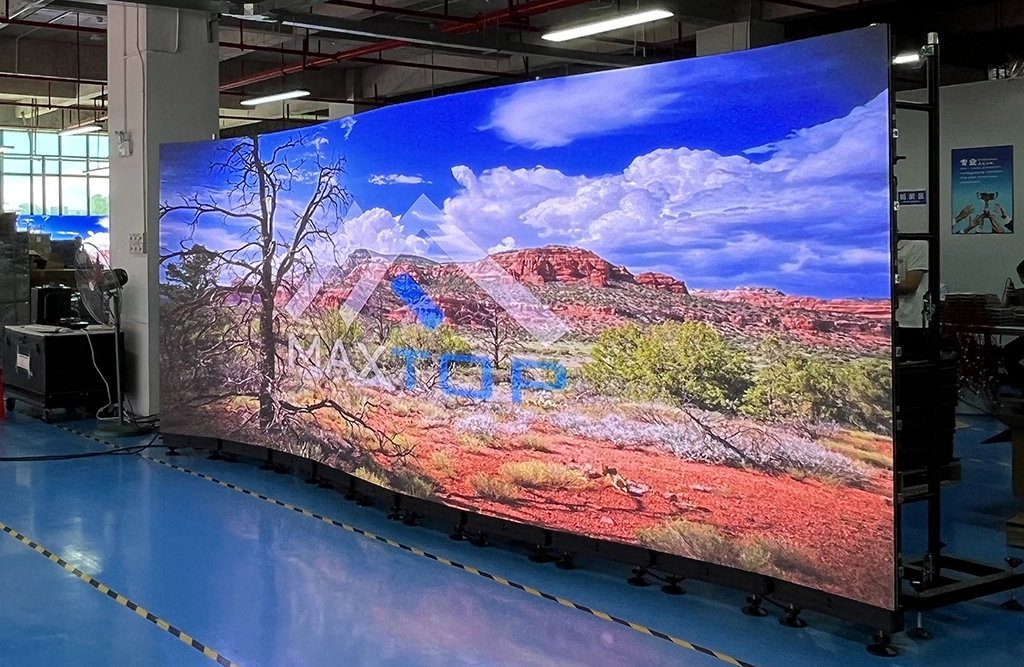Exploring the Longevity of LED Wall Panels in Contrast to Conventional Screen Methods
Exploring the Longevity of LED Wall Panels in Contrast to Conventional Screen Methods
Blog Article
Light-emitting diode wall screens have become increasingly favored in recent times, especially in settings like schools, corporate spaces, and public spaces. These screens use LED lights (LEDs) to create bright and lively visuals. One of the most notable advantages of LED technology is its longevity in contrast to traditional screen methods, such as cathode ray tubes (CRTs) and liquid crystal screens. Grasping the distinctions in duration and performance between these technologies can help consumers make knowledgeable decisions about their screen needs.
Classic display technologies, like CRTs, have been present for many decades. They were frequently used in televisions and PC screens. However, CRTs have a shorter duration, typically lasting approximately 10,000 to 20,000 hrs of use. This means that after a few years, users may observe a decline in image clarity, such as dimming or hue distortion. In contrast, LED wall screens can last considerably longer, frequently exceeding 50,000 hours. This prolonged duration means that users can enjoy consistent functionality without the need for frequent replacements.
Another important factor to consider is power conservation. LED panel screens utilize less energy than traditional screens, which not only benefits the environment but also reduces electricity costs. For example, while a CRT screen may consume approximately 100 W of power, an LED screen can consume as little as 30 to 50 see here W. This discrepancy in energy consumption adds to the total longevity of LED innovation, as lower power consumption generates minimal heat. Excessive thermal energy can damage electronic components, resulting to a shorter duration for traditional screens.
In furthermore to their longer lifespan and power conservation, LED wall panels also provide enhanced image quality. They provide brighter hues and improved contrast, making them ideal for various uses, from marketing to educational displays. The technology behind LED screens enables for a wider viewing perspective, meaning that visuals stay clear and lively even when viewed from the side. This is a major advantage over conventional screens, which often experience from color distortion and diminished brightness at broader angles.
In conclusion, the durability of LED wall screens compared to conventional screen technologies is a key factor for buyers to take into account. With durations that can exceed 50,000 hrs, power efficiency, and superior image clarity, LED technology offers many benefits. As innovation continues to advance, LED panel panels are probably to turn even more prevalent in multiple settings. Understanding these distinctions can help people and entities make improved decisions when investing in display innovation, guaranteeing they receive the optimal value for their requirements.